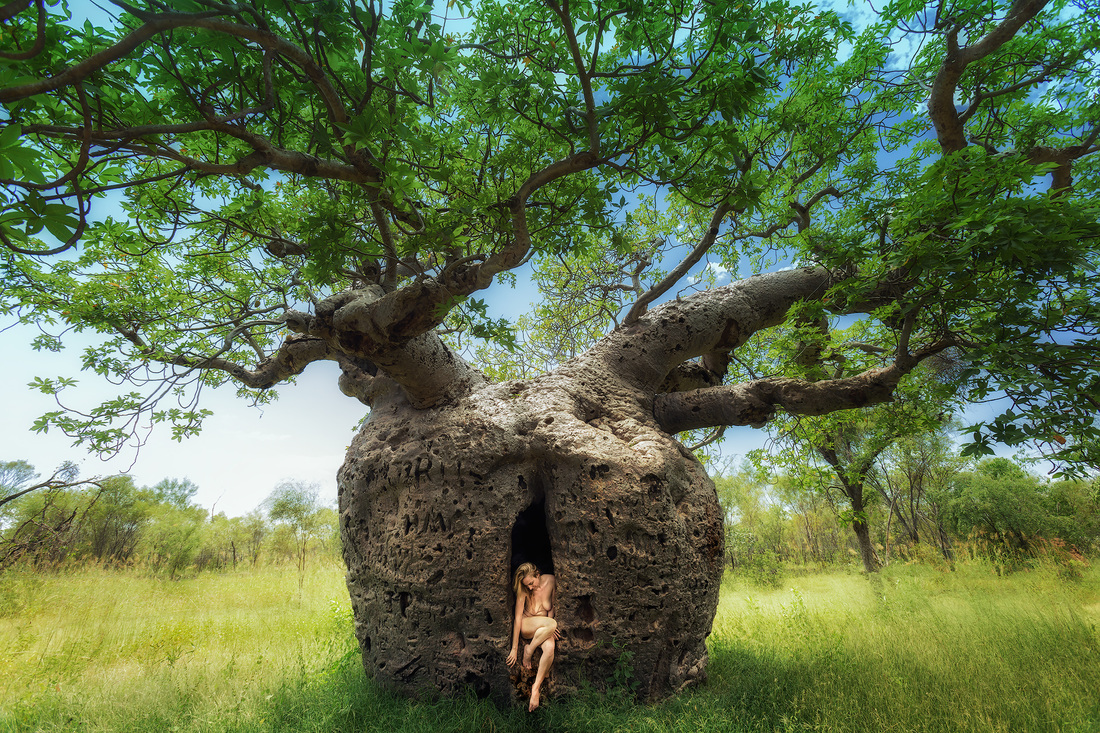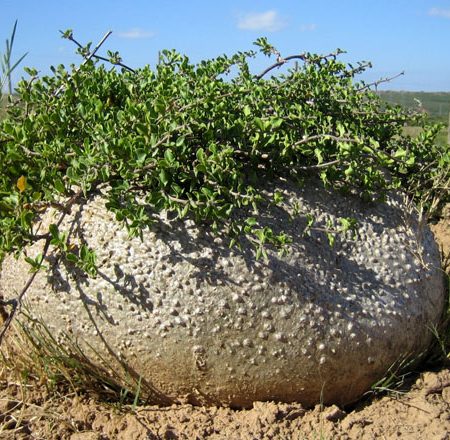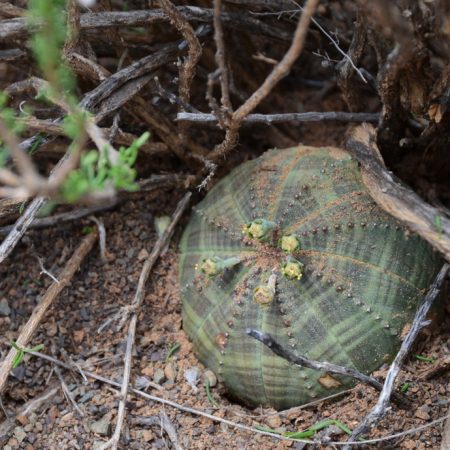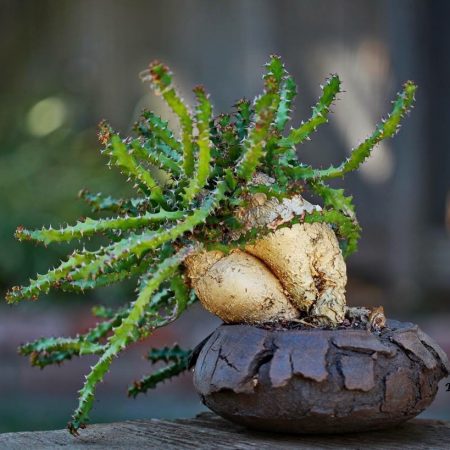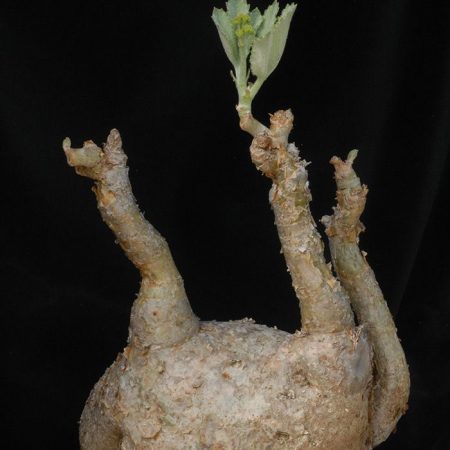(Picture = Adansonia gregori)
Introduction
Cauduciforms are an unscientific collection, across divisions, orders, and families; they are also known as fat plants. A common denominator is the perennial swollen caudex/bulb/stem/rhizome (generally above-ground parts and not like bulbs). Usually the caudex stores water, food, or both. Because it is swollen and sometimes must help the plant survive years, the base of the plant can assume huge proportions. Many/most caduciforms are thought of as succulents. Caduciforms are similar to, but generally more obese than pachycaul plants (described in another post).
The Details
Over hundreds of plant genera have cauduciform members, even while the majority of the plants may be non-cauduciform. The caudate plants may have leaves, stems, and flowers essentially identical with other members of their family, and such appendages often top off huge caudate structures. The stems help the caudate plants perform photosynthesis during good times, but may fall off during extreme drought, leaving a naked caudex.
It may take many years for the caudex to form. Thus, in culture many young caudates may be only slightly swollen at the base of stems. Collectors grow the young plants but especially prize the more mature caudate forms. Occasionally there are spaces or chambers in the swollen area where ants or other animals may live within it. Possibly the ants provide protection from other animals.
The care of caudate plants varies with type, but often they prefer dry periods alternating with occasional watering. Sometimes, careful pruning and watering regimes for some succulents can help create a caudate plant that might otherwise not fit in the category. Caudate plants may be sold by cactus and succulent vendors.
Additional Reading: Fat Plants
